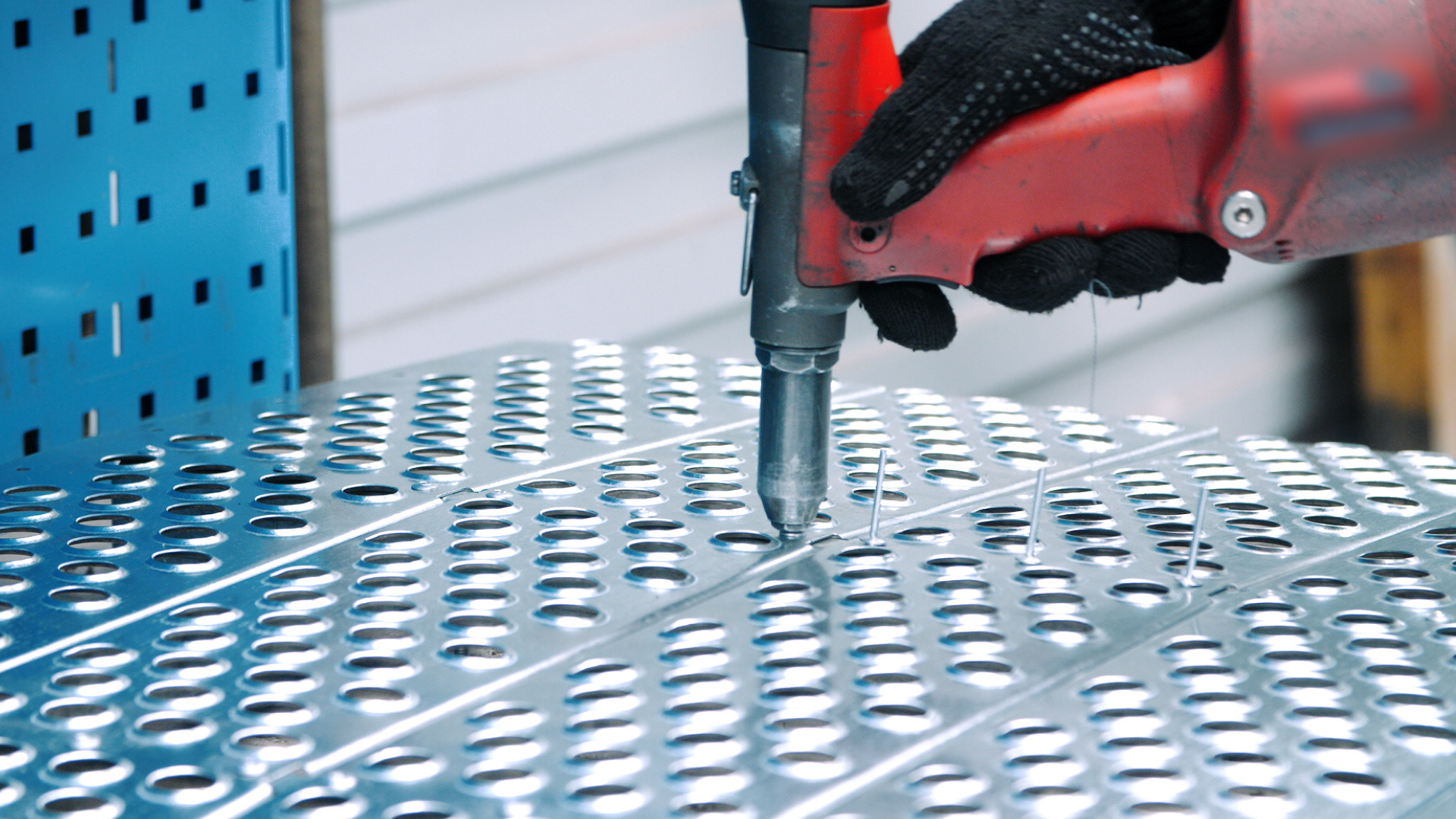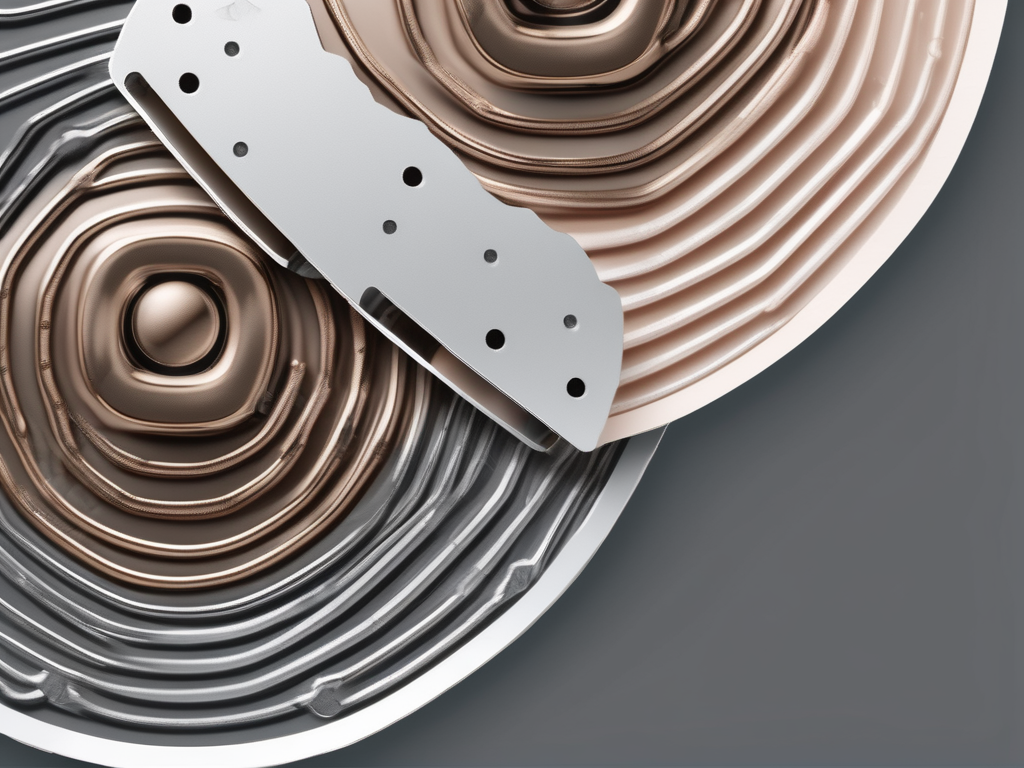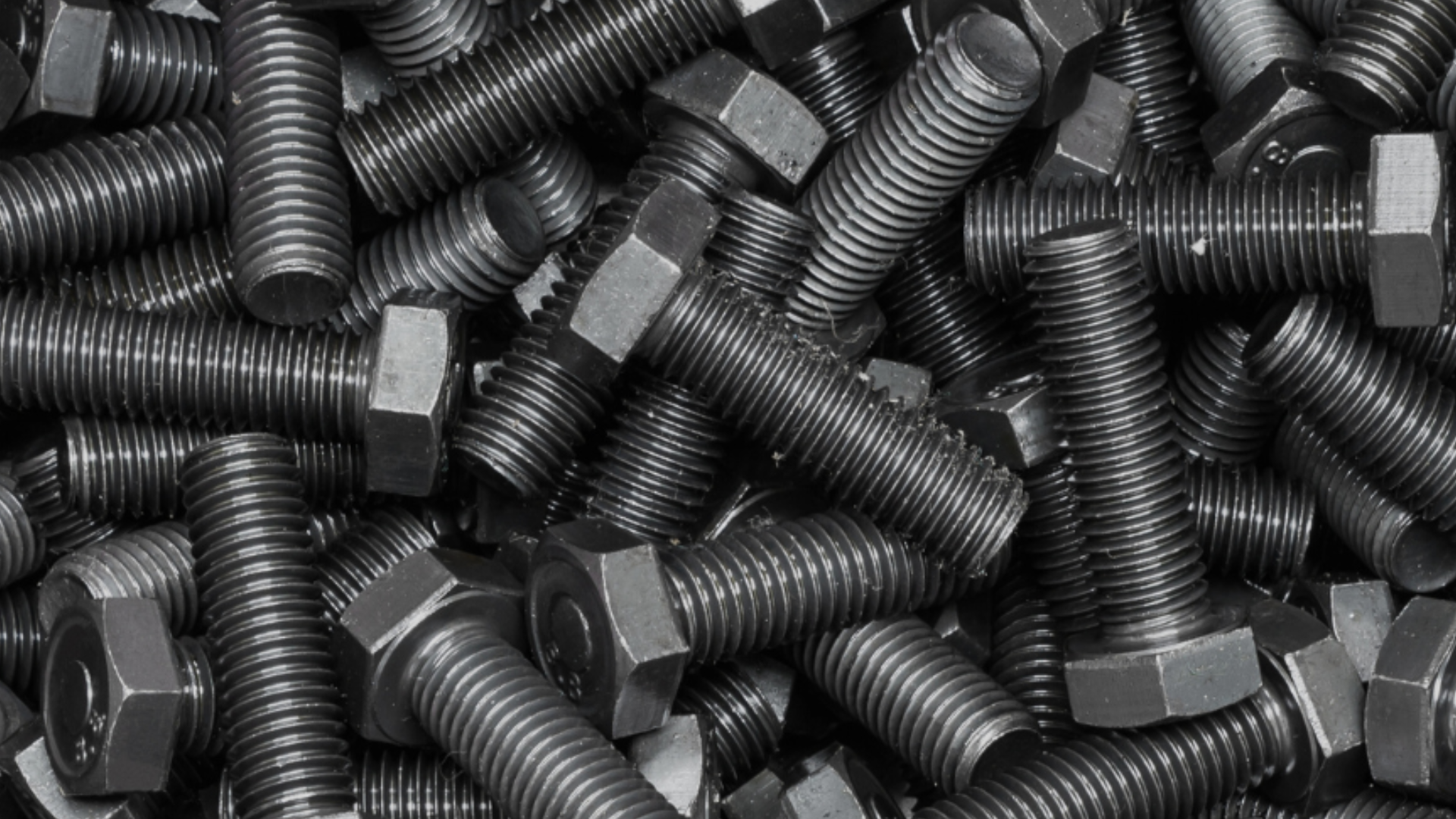In the world of fasteners, rivets are an essential component that holds structures together. These small metallic wonders come in various types, each designed to serve a specific purpose. If you’ve ever wondered about the different types of rivets and their applications, you’ve come to the right place. In this ultimate guide, we’ll dive deep into the world of rivets, exploring their strengths, versatility, and the materials they are made from. So, let’s get started!
Table of Contents
Exploring Various Rivet Types and Their Uses
When it comes to rivets, there isn’t a one-size-fits-all solution. Different situations call for different types of rivets. Let’s take a look at some of the most commonly used rivets and understand their specific uses.
Understanding the Strengths of Solid Rivets
Solid rivets, also known as buck rivets, have been around for centuries and remain a reliable choice in various heavy-duty applications. These rivets are incredibly sturdy and can handle high loads, making them ideal for structural work.
Popular in the aerospace industry, solid rivets are commonly used to assemble aircraft components. Their exceptional strength ensures that the aircraft stays structurally sound even under extreme conditions.
But did you know that solid rivets have also found their way into historical restoration projects? These rivets are often used to replicate the original construction methods of iconic structures, preserving their historical integrity.
The Versatility of Blind Rivets in Different Applications
Blind rivets, also known as pop rivets, are a favorite among manufacturers due to their versatility and ease of installation. These rivets are unique because they can be installed from one side without needing access to the opposite side of the joint.
This feature makes blind rivets popular in applications where the joint is not easily accessible. From automotive panels to electronics, blind rivets provide a quick and reliable fastening solution without compromising on strength.
But did you know that blind rivets have also found their way into the world of art? Sculptors and artists often use blind rivets to create intricate and visually stunning metal sculptures, adding a touch of modernity to traditional art forms.
When to Use Split Rivets: A Comprehensive Guide
Split rivets, also known as bifurcated rivets, are commonly used for joining soft materials such as leather, fabrics, and plastics. With their bifurcated design, these rivets create a secure connection without the need for pre-drilled holes.
Split rivets are widely used in the fashion industry to create a sturdy connection in belts, bags, and even shoes. Their versatility and ease of installation make them a go-to choice for various crafts and hobbies as well.
But did you know that split rivets have also found their way into the world of bookbinding? Bookbinders often use split rivets to create durable and aesthetically pleasing connections between book covers and spines, ensuring that your favorite books stay intact for years to come.
Tubular Rivets: The Unsung Heroes of Fastening
Tubular rivets, as the name suggests, are hollow and offer excellent versatility in many applications. They are commonly used in the automotive industry for joining components, such as brake shoes and window regulators.
These rivets have the advantage of being able to handle multiple materials simultaneously, making them suitable for joining dissimilar materials in assembly processes.
But did you know that tubular rivets have also found their way into the world of jewelry making? Jewelers often use tubular rivets to create stunning and intricate metalwork, adding a touch of elegance and sophistication to their designs.
The Sleek Finish of Flush Rivets
Flush rivets, also known as countersunk rivets, provide a seamless and aesthetically pleasing finish to surfaces. These rivets are designed to sit flush with the material’s surface, creating a clean and smooth appearance.
They are often used in the aviation industry, where aesthetics and aerodynamics are critical. Flush rivets reduce drag on aircraft surfaces, improving overall performance and fuel efficiency.
But did you know that flush rivets have also found their way into the world of furniture making? Cabinetmakers and woodworkers often use flush rivets to create sleek and modern designs, ensuring that every piece of furniture is not only functional but also visually appealing.
Diving into Different Metal Rivet Materials
Rivets are available in various materials, each offering unique properties and advantages. Let’s take a closer look at some commonly used metal rivet materials and their applications.
From aluminum rivets that offer lightweight and corrosion-resistant properties, perfect for aerospace and automotive applications, to stainless steel rivets that provide excellent strength and durability, ideal for marine and outdoor equipment, the choice of metal rivet material depends on the specific requirements of the application.
But did you know that some specialized industries, such as the food and beverage industry, require rivets made from food-grade materials? Stainless steel rivets with FDA-approved coatings are used to ensure that the rivets do not contaminate the products they come into contact with, maintaining the highest standards of hygiene and safety.
Beyond Rivets: Innovative Fastening Solutions
While rivets are a tried-and-true fastening method, advancements in technology have introduced innovative alternatives. These solutions provide additional benefits and cater to specific needs. Let’s explore some of these options.
Exploring the World of Press Fit Nuts
Press fit nuts, also known as threaded inserts or rivet nuts, are a popular choice when creating strong and reliable threads in thin materials. These nuts are simply inserted into a pre-drilled hole and secured by deforming the surrounding material.
Press fit nuts find application in a wide range of industries, including automotive, electronics, and furniture manufacturing. They provide a reliable alternative to tapped holes in thin materials, saving time and effort during assembly.
One interesting feature of press fit nuts is their ability to distribute load evenly across the material, reducing the risk of stress concentration and increasing the overall strength of the joint. This makes them particularly suitable for applications where high load-bearing capacity is required.
Self-Clinching Studs: A Game-Changer in Fastening Technology
Self-clinching studs are another innovative solution that simplifies fastening in thin materials. These studs have specially designed features that allow them to be permanently installed by applying pressure.
Commonly used in sheet metal assemblies, self-clinching studs provide a strong and vibration-resistant connection. They eliminate the need for additional hardware, such as nuts or washers, streamlining assembly processes.
One fascinating aspect of self-clinching studs is their ability to create a flush surface, which enhances the aesthetics of the final product. This makes them ideal for applications where appearance is important, such as consumer electronics or architectural designs.
The Role of Standoffs in Modern Construction
Standoffs, also known as spacers or pillars, are essential components in electronics and other industries. They are used to create space between two objects, often to mount circuit boards, panels, or other components.
Standoffs are available in various materials, including metal and plastic. They provide insulation, prevent short circuits, and allow for easy access and maintenance in electronics manufacturing.
One intriguing feature of standoffs is their versatility in accommodating different heights and sizes. This flexibility enables engineers to design intricate and compact electronic systems while maintaining proper spacing and alignment between components.
Comparing Rivets and PEM Fasteners: Which is Right for You?
While rivets are versatile and reliable, PEM fasteners offer unique advantages in certain applications. PEM fasteners are self-clinching fasteners that provide strong threads in thin metal sheets.
These fasteners minimize the need for secondary operations, such as tapping or welding, saving time and reducing costs. PEM fasteners find extensive use in industries where efficient installation, high pull-out resistance, and reusability are crucial.
One notable advantage of PEM fasteners is their ability to be easily installed from one side of the sheet, eliminating the need for access to both sides. This feature makes them particularly useful in applications where space is limited or where disassembly and reassembly are frequent, such as in the aerospace industry.
Practical Applications of Rivets and Fasteners
Now that we’ve explored the different types of rivets and their applications, let’s take a look at some practical examples where these fasteners play a vital role.
Rivets and fasteners are commonly used in the aerospace industry for aircraft construction. These specialized fasteners are crucial for joining lightweight materials like aluminum and titanium, ensuring structural integrity and safety in high-altitude environments. The precise and secure attachment provided by rivets helps withstand the extreme forces experienced during takeoff, flight, and landing.
In the automotive sector, rivets and fasteners are essential components in vehicle assembly. They are used to secure body panels, chassis components, and interior trim pieces. The durability and reliability of these fasteners are critical for maintaining the overall safety and performance of the vehicle. Additionally, rivets play a key role in the manufacturing of railway carriages, where they are used to connect steel frames and reinforce structural joints, ensuring passenger safety and comfort during train travel.
Choosing the Right Materials for Your Hardware Needs
When it comes to hardware, selecting the right materials is crucial for the success and durability of your projects. Let’s delve into some essential considerations when choosing materials for your hardware needs.
Answering Common Questions About Rivets and Fasteners
As with any topic, there are always questions that arise. Let’s address some of the most popular questions surrounding rivets and fasteners.
Remember, the key to success in any fastening project is choosing the right type of rivet or fastener for the job. Consider the specific application, material compatibility, and load requirements to ensure a durable and reliable connection. Whether you opt for solid rivets, sturdy blind rivets, or innovative alternatives, understanding the different types of rivets and their applications empowers you to make informed choices and create successful projects.
At TDH Manufacturing, we deeply value our customers and the trust they place in us. We specialize in all things metal, and we’re here to provide not just products, but also knowledge and support in everything from production processes to the intricacies of metal components. Our expertise in high volume production manufacturing allows us to handle even the most demanding projects with precision and efficiency.
We understand that navigating the world of metal products and services can be complex, which is why we are committed to educating our customers. Whether you have questions about the right type of metal, the best processes for your needs, or anything else related to the industry, we are here to help. Our team is equipped with the knowledge and experience to provide you with comprehensive answers that can help guide your decisions.
Encouraging open communication, we invite our customers to reach out with any inquiries or challenges they might face. At TDH Manufacturing, it’s not just about selling products; it’s about building relationships and ensuring that our clients feel supported every step of the way. We strive to be more than just a supplier; we aim to be a partner in your success.


